Industrial Reanimation
One stiff is just a novelty. Their strength is in numbers.Since the industrialization of magic, the process that turns a dead body into a functional undead has been refined a thousand times. It is now an industry in itself, one of the few that need to rely entirely on the living. From transporting the corpse to preparation and embalming, the reanimation industry transports, dissect, butcher and preserve thousands of corpses every day. It is the backbone of almost every major economy in the world.
From Grave to Industrial-Cradle
Just think of 'em as meat. It's the only way to stay in this line of work.Industrial reanimation is a complex machine with many moving parts. In small cities or towns, a single facility might do every part of the process on their own and rely on local talent when the workload becomes too great. In the large or industrial cities, such arrangement quickly become unsustainable and each task it parceled out to various other firms that perform some aspect of the reanimation procedure.
One work to acquire the bodies, a second to prepare them and a third to finally see to the reanimation itself.
Acquisition
Every reanimation begins with the corpse. With people dying every day from any number of causes, most are simply bought for a nominal fee. Almost every employment in the world has a clause that allows the company to claim the body of a worker killed while at work. It is a fact that has done little to improve the safety of factories or mills. Once acquired, the bodies are transported as quick as possible to be prepared before real decay sets in. For longer voyages or storage in case of a backlog, bodies are kept in tanks filled with preservatives meant to kept them fresh until they are passed on to the next stage or reanimated. It is sometimes called "pickling" by workers and butchers.Preparation
Before a corpse can be reanimated, it is prepared by skilled civilian Butchers. The body is examined for flaws or damage, the internal organs are removed and the body is embalmed. Depending on the Butcher (and their budgets), additional steps might be performed to make sure the stiff is sturdy and fit for long service. Common tricks include reinforcing bone with screws and replacing some of the skin with rawhide or leather.Corpses are marked with small cuts along the body to quickly show those next in line that a Butcher has examined them, typically a small x cut into the skin.Maimed limbs are removed and replaced, either with a prosthetic or another limb. Bodies too damaged to be worth reanimating often end up disassembled for spare parts. Death masks are either fastened on the undead here or after reanimation.
Reanimation
Once the corpse is ready, they are laid out in bulk for the Necromancers to work. While there is variation between nations and individual Nekrobioteks, a standardized formulae has become norm. Ritualistic reanimation chambers hold several corpses at once and the Nekrobiotek are hooked up to an industrial harness to help channel and dissipate the electricity. Popular fiction hold these chambers to be dreadful places of some innate magic, but they do nothing beyond shaping the Nekrobiotek's expectations and focus. At the end, the dead rise and are ready to serve. Assistants herd them out of the chamber and bring in the next crop.Necromancy
No other form of magic has reached so far or done so much to transform society as Necromancy. Once shunned as an art of terrible black magic, Necromancy was the first to become an industry. Now, Nekrobioteks are well-paid and respected professionals whose labor grease the wheels of the economy with corpse-fat. Read More About Necromancy
"Caddies"
Cadaver Chasers (or "Caddies") are acquisition specialists. When a particular specimen is for whatever reason required, corpse-factories and necromancers turn to Caddies to retrieve precisely what they need. Caddies are well-paid for their work and although most bodies are stolen, scavenged or otherwise dead when they acquire it, most have learned not to question the origin of their finds too closely.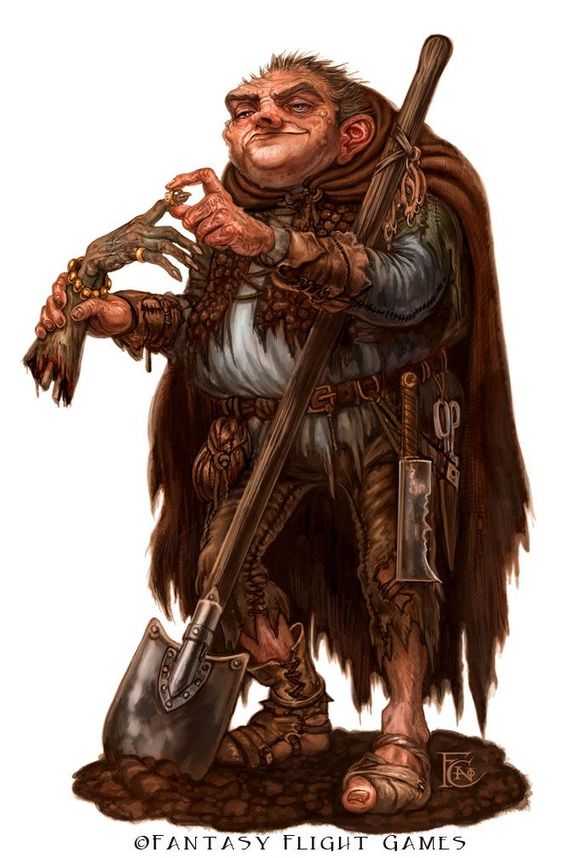
by Felicia Cano
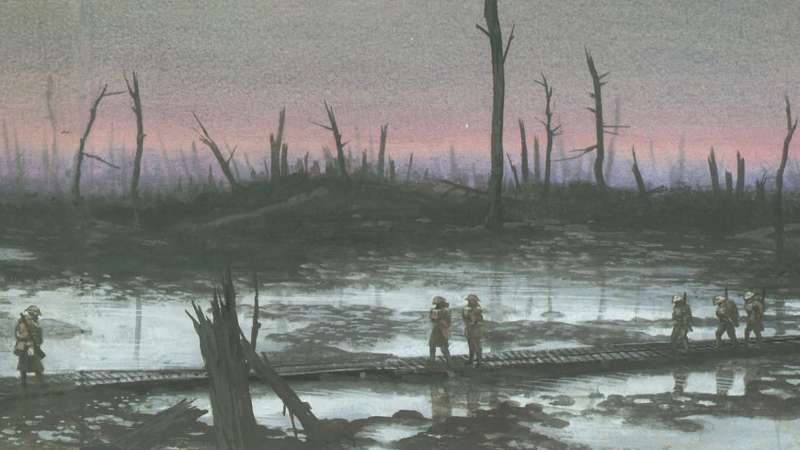
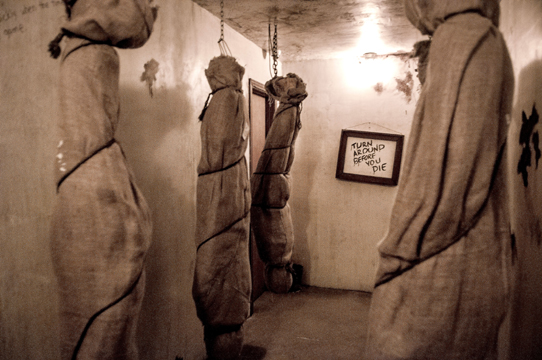
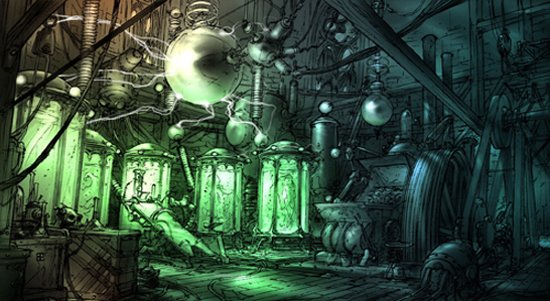
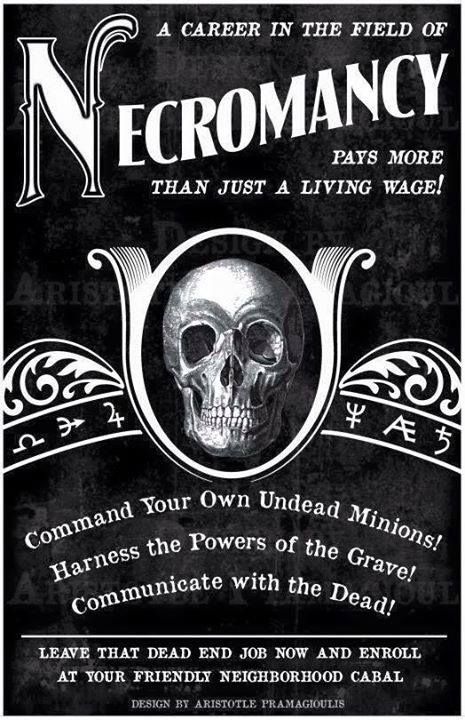
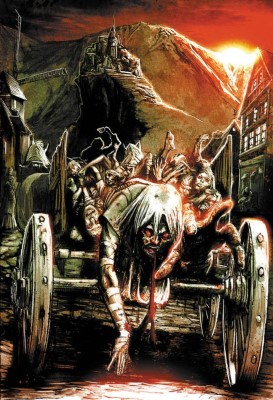


"Just think of 'em as meat. It's the only way to stay in this line of work." you mean 'stay sane'. by a batch of stiff being 'unsuitable', do you mean.. mini zombie apocalypse? Also, this is my first look at your world and it seems rather interesting. The industrialization of magic carries with it a lot of potential for fun stories.